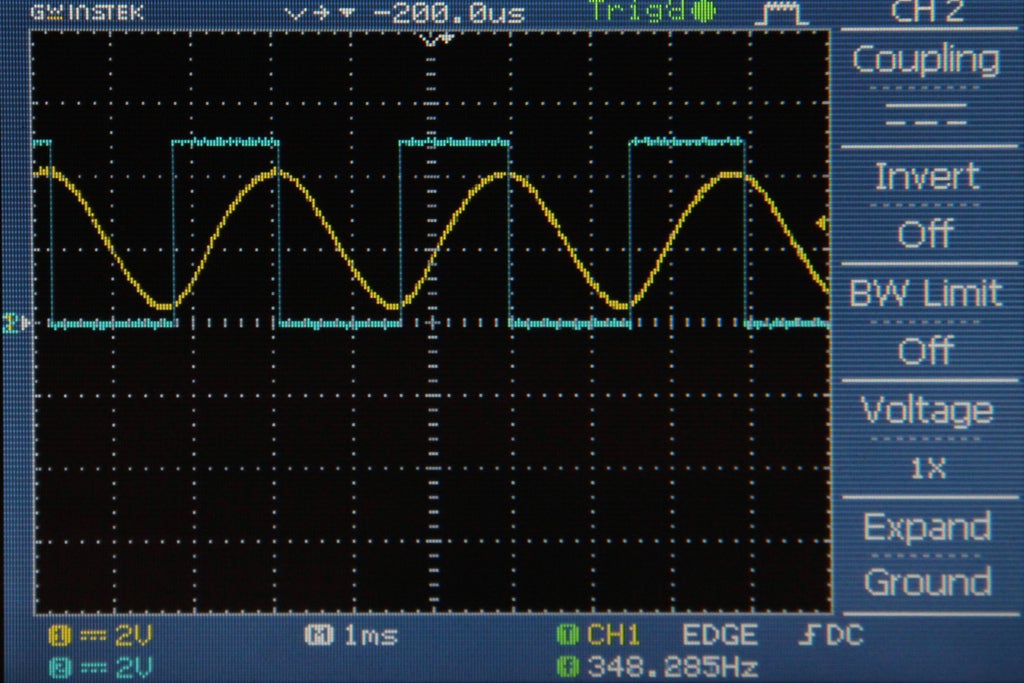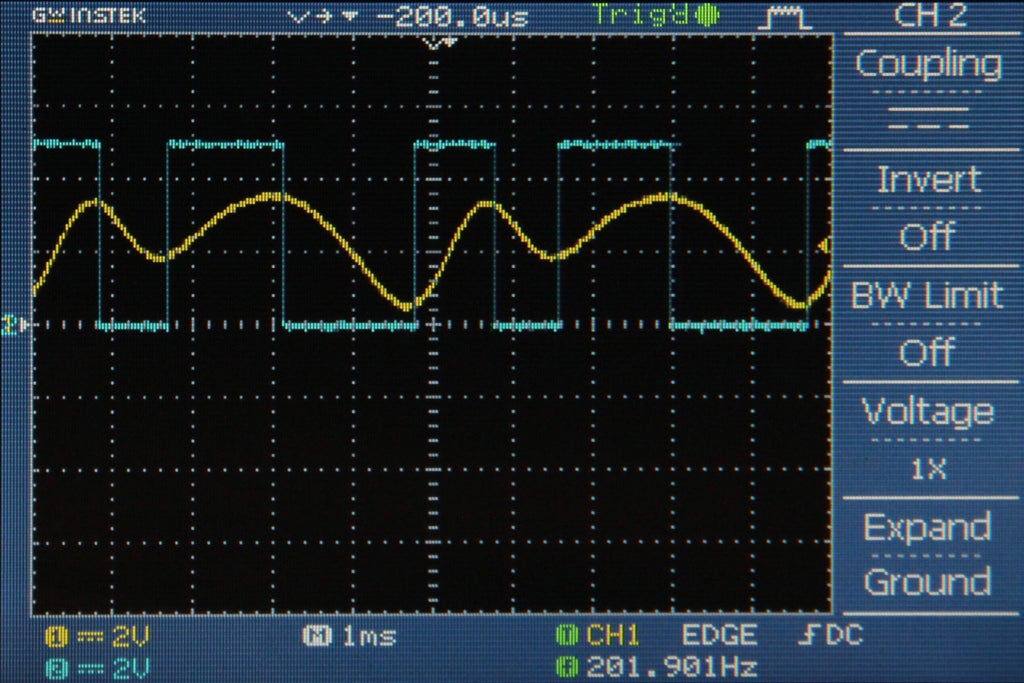Disclaimer: I’m not an expert in how guitar tuners work, so most of this is speculation, but it’s easily worth what you’re paying for it. 
If I had to guess, I’d say tuners probably low-pass the input signal and convert the result into a square wave, and then do something along the lines of timing how long it takes for the signal to switch from low to high a given number of times (say 50), and report the frequency as that count divided by the elapsed time.
If I’m in the right ballpark signal-processing-wise, then the closer you get to a sine wave, the more accurate the pitch detector will be, since sufficiently strong overtones will add to the number of low-to-high crossings. This will bias more complex waveforms toward higher detected pitches since spurious overtones will generally add to the number of low-to-high crossings, not subtract. (There are a lot of qualifications and assumption-statements I would add to this conclusion if this was a physics class, but in the interest of not boring everyone to death I will let this generalization stand even though it hurts me deeply in my soul.) It also argues for using the neck pickup while tuning since it’s closer to the center of the string and thus picks up more fundamental, at least for open strings and 12th fret harmonics.
E.g. sine wave:
vs. complex wave
Most modern tuners (including yours, I assume?) don’t require you to select a pitch in advance, so they would probably find the nearest musical pitch to the frequency that was detected and then maybe add some additional logic to optimize the processing for the specific waveform and frequency range (adjust the low-pass filter frequency or other signal processing to weed out overtones, alter the preset number of low-to-high crossings, adjust the low-to-high crossing detection threshold or high-low offset levels, etc.) all of which will be automated, and thus have potential for generating pitch detection artifacts that can affect the calculated frequency, and would possibly also bias the detected frequency upward.
For example:
I would expect these details to be specific to the make and model of the tuner in question, but it’s possible this stuff has been standardized. I don’t really know.






